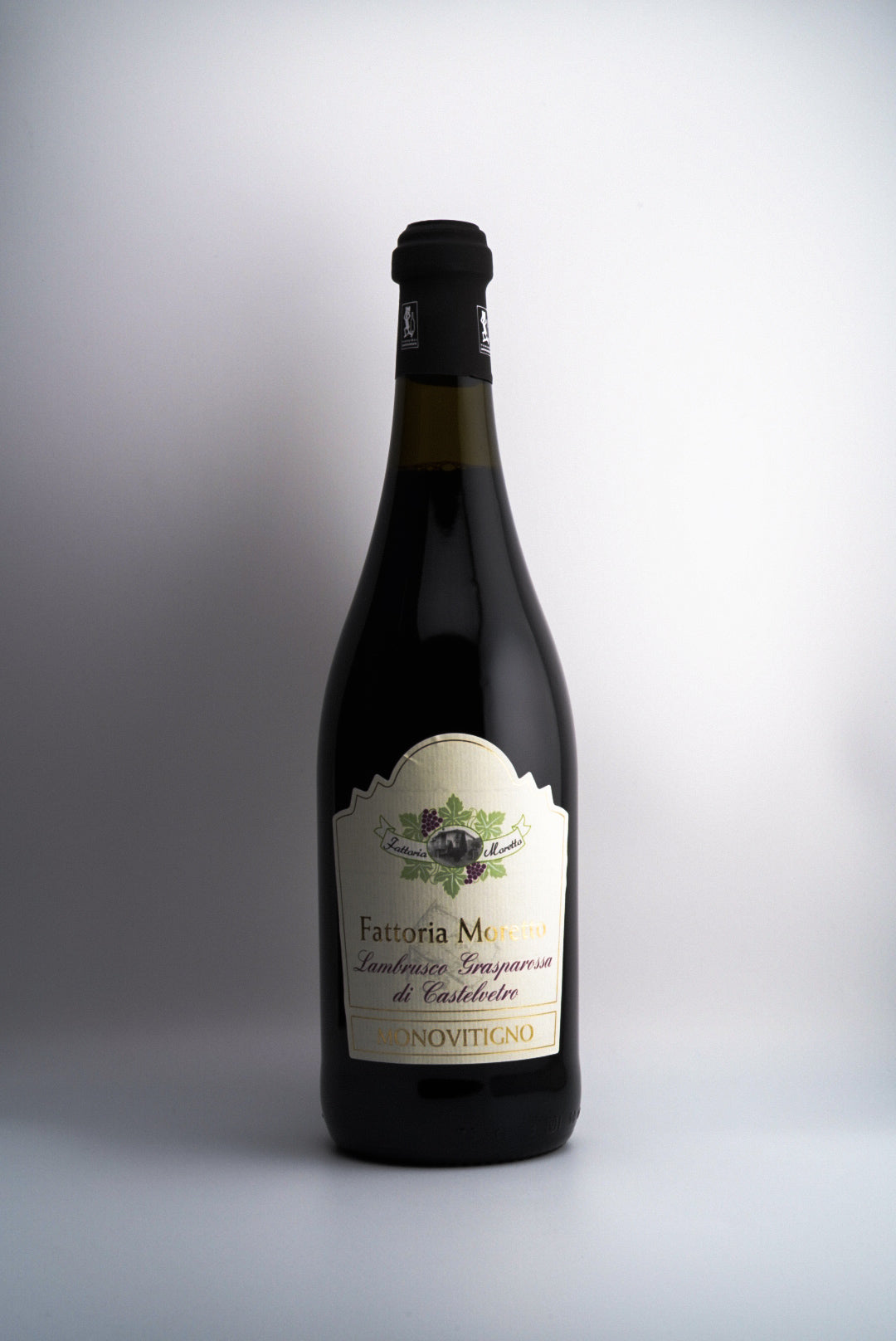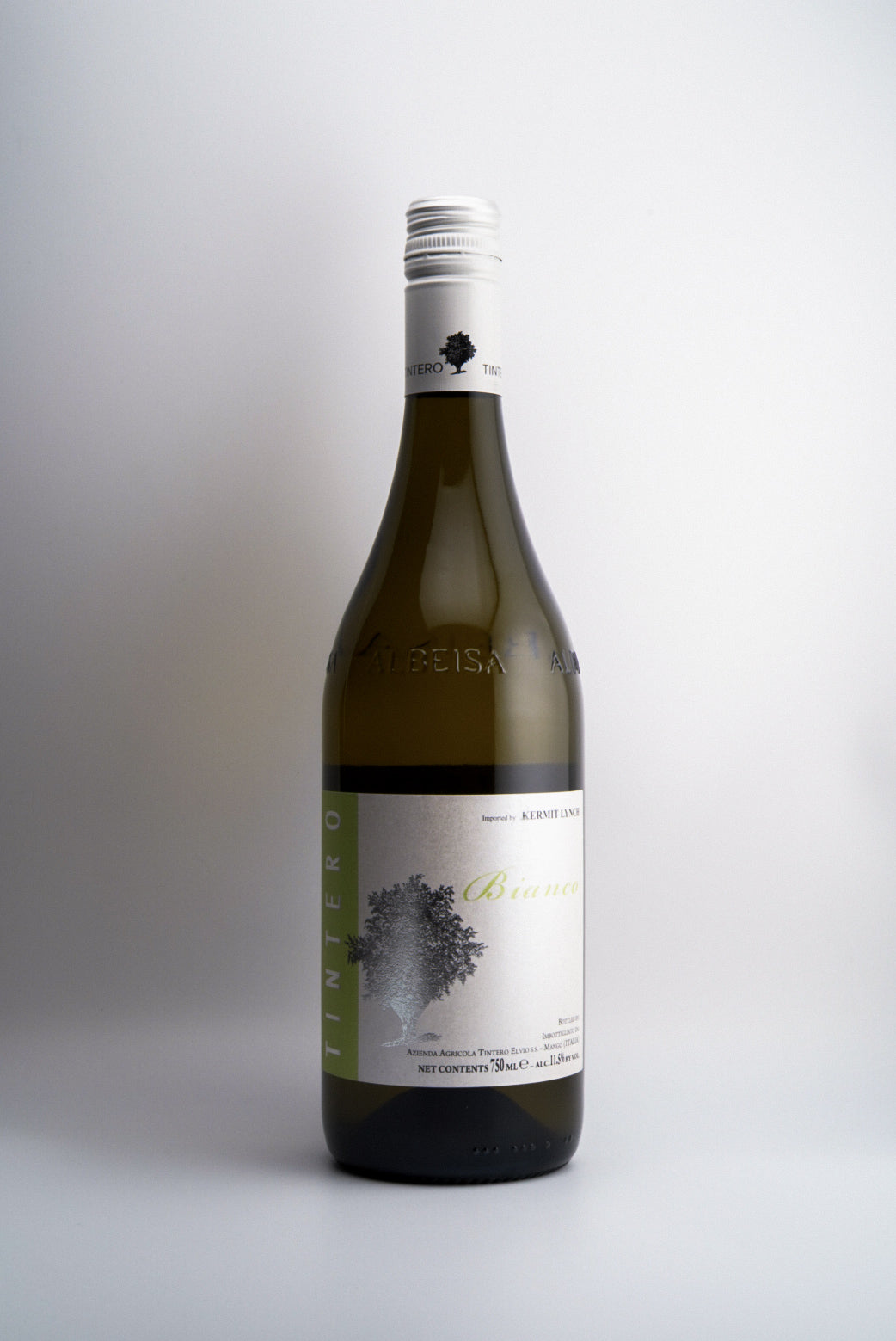10 Events that Shaped the Wine Industry in 2023
As we bid farewell to 2023, it's time to reflect on the events that have shaped the wine industry over the past year. From climate change challenges to technological advancements, the wine industry has experienced significant developments. In this blog post, we will list the top 10 events that have had a profound impact on the wine industry in 2023. Additionally, we will make predictions for how the industry will fare in 2024.
1. Climate Change and Its Effects on Wine Production
Climate change continues to be a pressing issue for the wine industry. Rising temperatures, unpredictable weather patterns, and increased frequency of extreme events have posed challenges for grape growers and winemakers. In 2023, vineyards around the world faced heatwaves, droughts, and wildfires, leading to reduced yields and changes in wine quality. In 2024, wineries will likely invest more in sustainable practices and explore new grape varieties that are better suited to changing climatic conditions. Additionally, we may start to see lesser-known wine regions come into the limelight in 2024 as their local climate warms up enough for grapes to ripen.
2. Rise of E-commerce and Direct-to-Consumer Sales (WOO!)
The Pandemic accelerated the shift towards online wine sales and direct-to-consumer (DTC) channels. In 2023, wineries, wine shops, and bars embraced e-commerce platforms and leveraged social media to reach consumers directly. We expect this trend to continue in 2024, with wineries focusing on enhancing their online presence and creating personalized experiences for customers. You can see this happening in Temecula Valley. They are sticking with the DTC-only approach and modernizing their wineries and websites for DTC optimization. We can't wait to own our own wine bar one day...
3. Sustainability and Organic Wine Production
Consumers are increasingly conscious of sustainability and environmental impact. In 2023, the demand for organic and sustainably produced wines soared. Wineries adopted organic farming practices, reduced chemical inputs, and implemented eco-friendly packaging. In 2024, we can expect more wineries to obtain organic certifications and prioritize sustainable practices throughout their operations. The demand for organic grapes from the best vineyards will go up, and there won't be enough to go around, so, we predict prices for high end organic wines to shoot up more before they level off.
4. Technology and Innovation in Winemaking
Advancements in technology have revolutionized winemaking processes. In 2023, large wineries embraced artificial intelligence, machine learning, and data analytics to optimize grape growing, fermentation, and aging. These technologies have enabled winemakers to make more informed decisions and improve wine quality. In 2024, we anticipate further integration of technology in winemaking, leading to even more precise and consistent wines. We are excited to see small wineries use this to their advantage.
5. Changing Consumer Preferences
Consumer preferences for wine have evolved in recent years. In 2023, there was a growing demand for low-alcohol, natural, and alternative wines. Millennials and Gen Z consumers, in particular, sought out unique and experiential wine offerings. This trend is likely to continue in 2024, with wineries diversifying their product portfolios to cater to changing consumer tastes. We see the "natural wine" movement dissolving in 2024, when consumers realize "natural wine" is just the OG wine. They'll start to eschew any mass-produced wine that is so obviously a chemically enhanced grape juice alcohol.
6. Wine Tourism and Experiential Marketing
Wine tourism experienced a resurgence in 2023 as travel restrictions eased. Wineries capitalized on this by offering immersive experiences, such as vineyard tours, tastings, and food pairings. In 2024, wine tourism is expected to thrive further, with wineries investing in infrastructure and creating memorable experiences to attract visitors.
7. Global Trade and Tariffs
Trade disputes and tariffs (like those between China and Australia) have impacted the wine industry in recent years. In 2023, ongoing trade tensions between major wine-producing countries led to increased costs and market uncertainties. Wineries had to navigate complex international trade regulations. In 2024, the wine industry will closely monitor trade negotiations and work towards reducing barriers to international commerce.
8. Wine Education and Appreciation
Wine education and appreciation reached new heights in 2023. Consumers showed a keen interest in learning about different wine regions, grape varieties, and winemaking techniques. Online courses, virtual tastings, and wine clubs gained popularity. In 2024, wine education will continue to flourish, with more accessible and interactive platforms emerging. Harvest looks to expand its wine education platform in 2024 -- are you ready?! We're talking online classes, live tastings, virtual group tastings, and in-person meet ups!
9. Health and Wellness Trends
The health and wellness movement has influenced the wine industry. In 2023, there was a rise in demand for low-sulfite, organic, and natural wines. Consumers sought wines that aligned with their dietary preferences and health-conscious lifestyles. Additionally, people have opted for more premium options when they choose to consume alcohol. One expensive, quality drink = 4 inexpensive crappy drinks. In 2024, wineries will continue to cater to this trend by offering more options for health-conscious consumers.
10. Wine Industry Collaboration and Partnerships + NA offerings
In 2023, wineries recognized the value of collaboration and partnerships and the importance of offering NA options. They joined forces with other wineries, restaurants, and retailers to expand their reach and offer unique experiences for drinkers and abstainers. We expect this trend of collaboration and inclusivity to grow in 2024, as wineries seek to leverage collective expertise and resources to navigate industry growth challenges.
Looking ahead to 2024, the wine industry is poised for further growth and adaptation. While challenges such as climate change and trade uncertainties persist, wineries are embracing innovation, sustainability, and consumer-centric approaches. By staying agile and responsive to evolving trends, the wine industry is well-positioned to thrive in the coming year.
Wine 101

Holiday Pairing Guide — 10 Essentials Thanksgiving Wine Pairing Guide: 10 Wines for a Delicious Feast Thanksgiving is our favorite kind of chaos: a table full of savory, sweet, crunchy, and creamy — all at...
Read more →Latest articles

Wine Education · Opinion Don’t Fear Non-Vintage: The Case for Blending Across Seasons We expect wine to behave like a time capsule. One year, frozen in glass. But a single season can be cruel or kind, and ...

What's Below: BBQ & Grilling Perfect Red Wines Meat & Wine Matches Veggie Grill Wines Pool Party Essentials Crisp White Wines Rosé All Day Sparkling Options Party Planning Ho...

What's Below: European Gems Slovenia's Hidden Tuscany Austria's White Wine Wonderland Spain's High-Altitude Surprise New World Discoveries Mexico's Wine Revolution Brazil's Italian Influ...

We've paired every single Trader Joe's cheese with the perfect wine. Your next cheese board is about to get very, very good. The Ultimate Trader Joe's Cheese & Wine Pairing Guide Look, Trader Joe...

"Liberté, égalité, fraternité" The key to great Bastille Day wine pairing is choosing authentic French wines that complement traditional French foods without overpowering them. Rich cheeses, herb-crus...

What wine should you have on 4th of July? These (All American) ones!

"Wine was never trying to be cool. And thank goodness for that." Every few months, another think piece declares wine dead. "Gen Z has killed wine." "Hard seltzers are the new wine." "Why wine isn't cool...

What's Below: The Foundation Introduction The Absolute Reality Real Shopping Experience Digital & Psychological The iPhone Test Psychology of Enhancement Addressing the Purists ...

Image source: Valentina Vineyards. San Diego's top source of organically farmed wine grapes. San Diego County boasts over 172 active wineries and vineyards across diverse microclimates, from coastal va...

Italy boasts a rich tapestry of wine regions, each with its unique terroir, indigenous grape varieties, and winemaking traditions. Join us on a journey through all 20 Italian administrative regions, from int...

The journey of wine grapes from vineyard to bottle is a fascinating process guided by both science and tradition. Let's explore how vignerons determine the perfect moment to pick their grapes for optima...

Easter Wine Pairings That Won't Disappoint Easter is hopping our way, and whether you're hosting an elegant brunch or a family feast, the right wine can transform your gathering from merely memorabl...

Explore Sherry: Spain's Ancient Fortified Treasure Source: Consejo Regulador de los Vinos de Jerez y Manzanilla. If you are trying to get an excellent academic understanding of Sherry, its various styl...

Explore Washington State Wine Source: Washington State Wine Commission. If you are trying to get an excellent academic understanding of Washington State, its various wine regions, and its role within t...

















